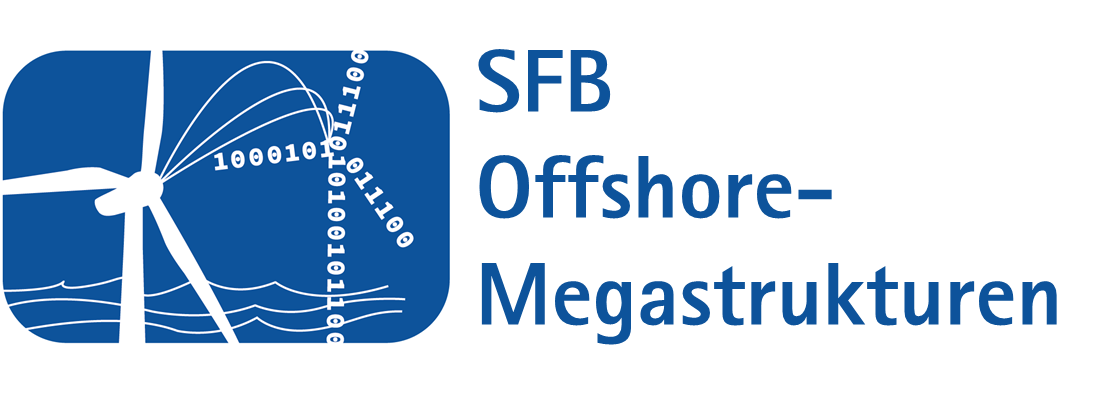The low-specific-rating rotor concept "Hybrid-Lambda" is tailored for an increased power feed-in at low wind speeds. It introduces a blade design with nonuniform distribution of design variables (design tip speed ratio and axial induction) along the blade span to alleviate loads of the outboard section in strong winds. In this paper, we validate aerodynamic design calculations, which were carried out with the blade element momentum theory by comparing the results to free vortex wake investigations. Furthermore, we investigate the wake behaviour with free vortex wake and large-eddy simulations. The results show good agreements between the blade element momentum theory and free vortex wake for integrated rotor quantities (power and thrust). Small deviations are present when the gradients of axial induction along the span are large. The wake of the "Hybrid-Lambda Rotor" shows advantages in the near-wake region (up to 4 diameters downstream), especially in the outer wake annulus and in low turbulence scenarios.
The findings presented in this paper are part of the three-month research exchange, that Daniel Ribnitzky carried out at the National Renewable Energy Laboratory in Boulder (Colorado, USA).
The full paper can be downloaded here.



